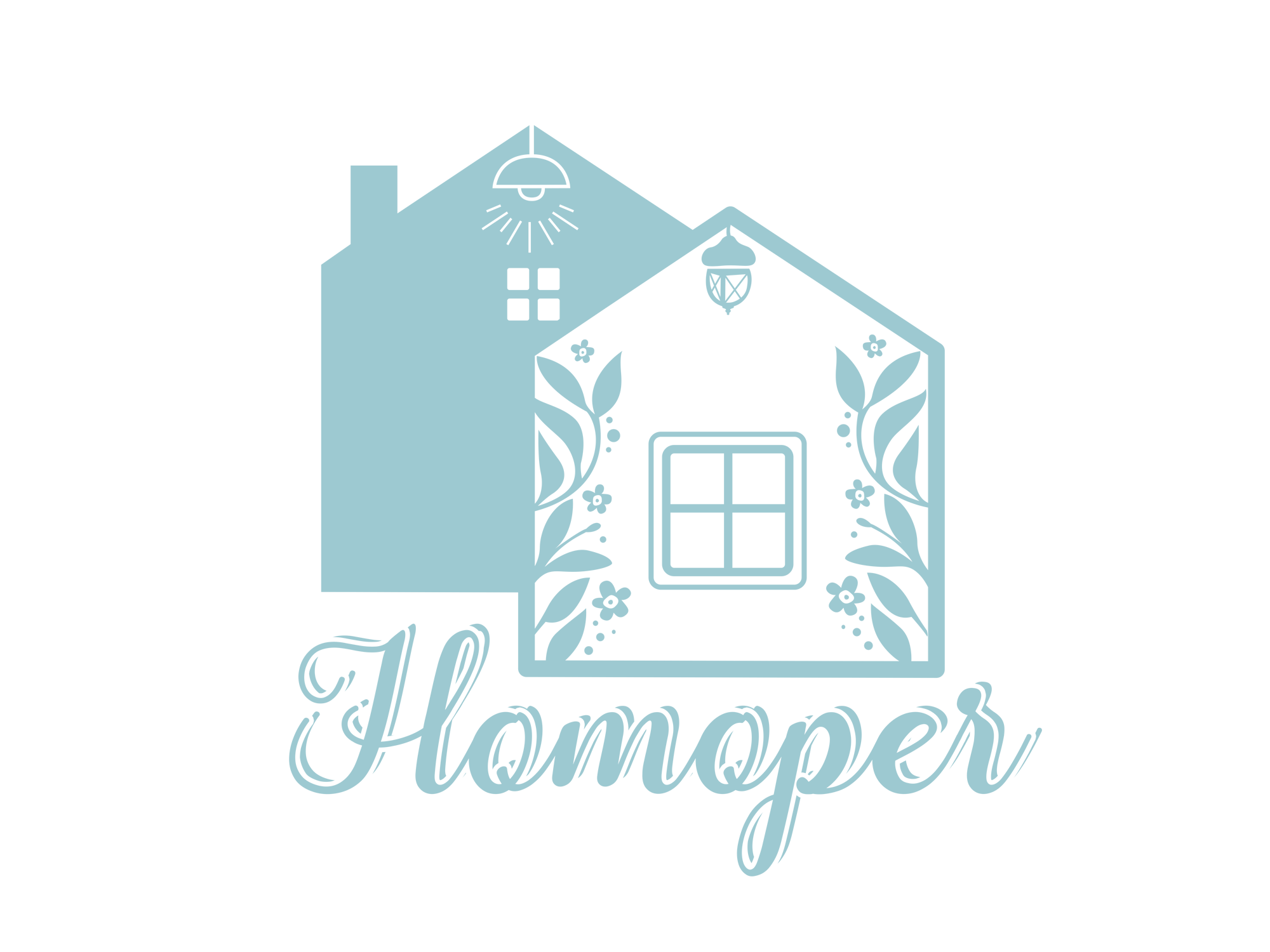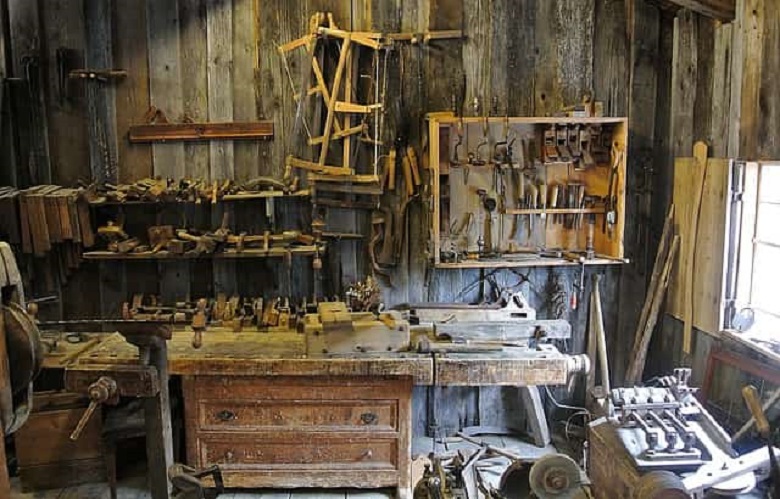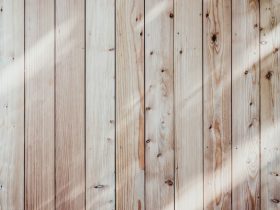One of the most confusing things to learn is not what power tools to use or how to use them, but how to decide what kind of wood to use. There are a lot of choices and enough industry jargon to confuse anyone. We’ll try to boil it down to the basics that you need to get started.
We are going to limit discussion to the most common materials you’ll use for woodworking, softwoods, hardwoods, plywood, and MDF. Just scratches the surface, it should be enough to give you the confidence to head over to your local home center or lumber yard and make an informed buying decision.
Solid Lumber
Sometimes the term lumbar refers just to solid wood. In other words, wood that’s milled from a tree as opposed to manufactured products and cheap goods such as plywood or MDF.
There are two kinds of solid wood
1. Softwood
2. Hardwoods
Technically, a hardwood is any wood that comes from a deciduous tree, one that has leaves like an oak or maple, and they’re usually physically harder than softwoods. An amusing exception would be balsa, which is incredibly softwood. Since the balsa tree is deciduous, it’s considered a hardwood.
Softwood is lumber that comes from a conifer tree, typically one with needles and cones like a pine tree. We’re referring to its physical hardness. Personally, when we talk about softwoods, we are talking about pine, which is a relative softwood. Both softwood and hardwood can make good wooden beams. However, hardwood beams have more density and weight than softwood beams and other related wood beams. But still, each of them has its own advantages and disadvantages which will be discussed later in this post.
Dimensional Lumber
Most of us buy dimensional lumber boards that have been cut and dried to standard wit and thicknesses. 3/4 boards are called 1″ boards.
Expansion & Contraction
All solid lumber is susceptible to expansion and contraction during rainy or humid months. Boards will draw in the moisture, causing them to expand along their width.
Then in the drier months, they’ll contract as they lose that moisture. Expansion and contraction is an important topic to understand and to keep in mind when building with solid wood.
Softwood (Pine)
Whenever you go to a home center or a lumberyard, chances are that the smell is pine.
It’s the most common wood you can buy. The most affordable pine boards are commonly used in home construction and framing. If you buy a two-by-four, it’s most likely pine such as Douglas FIR polling centers will carry a large selection of relatively inexpensive three-quarter-inch pine boards in various widths and lengths. They’re perfect for projects that you intend to paint, but a lot of people love the natural look of him, too.
Grain Pattern
If you like the look of pine, my suggestion is to show up what makes it unique and pick outboards that have weird-grained patterns and not the ones that most people leave behind. Pine is easy to work with.
It cuts and sands smoothly and it’s gentle on your blades. The main drawback to pine is that it is soft and it’ll scratch and dent easier than hardwood. It’s not the best choice for furniture that’ll receive a lot of use. It can be challenging to find boards that are straight and curved or warped, especially the wider they get the check to see if a board is straight by looking down its links with one. Don’t be in a rush.
Hardwood
Just take the time to pick through the bin for the best boards you can find. When do you think of buying furniture and classic woodworking? You probably imagine wood species such as mahogany or walnut or cherry, and these represent just a tiny fraction of the hundreds of hardwoods and exotics that you can buy. Most people buy hardwoods and exotic species because of their game pattern, their color, and their durability. If you want to build something that lasts for hundreds of years, any hardwood is a good choice.
Hardwood is rarely stained and of course, it would be a waste of money to cover it up with paint. It’s almost always protected with a clear topcoat, such as varnish or lacquer, or oil. Hardwoods are great for combining to achieve different looks by contrasting wood, walnut, and maple, for example, are commonly seen in chess boards. The density of hardwoods can make them tough on tools, and they can be difficult to work with. Less than a sharp table saw blades are notorious for leaving burn marks on cherry and maple.
The biggest drawback is that hard. Kids can be extremely expensive, especially the more exotic species, which can cost hundreds of dollars for even a small board, plus it might be difficult to even find hardwood lumber where you live. Luckily, there are online hardware retailers that will pick up good-looking boards and send them right to you. The most common hardwood in relatively affordable species in America is OK. It, along with maple and walnut, are available.
Have its own issues, but it looks nice and it’s a great choice for starting out making things with hardwood.
Plywood
Plywood is one of the most popular and most versatile building materials you can use, but it can also be one of the most confusing to buy, mostly because there are so many types and grades, all with their own coated designations that describe its quality. Plywood differs from solid lumber because its manufactured thin veneer of real wood is stacked in opposite grain directions and glued together.
That crisscrossing is what gives plywood its strength and stability. The thickness of plywood gets mind boggling with odd variations, but the most common thickness used in furniture and other woodworking projects is probably 3 quarter inches or at least close to that. In general, the more layers the plywood has, the higher the quality. Plywood that comes sanded on both sides is also best. Look for plywood with the least amount of voids along the edge for woodworking projects.
Baltic Birch
Baltic Birch is commonly used. If your home center doesn’t carry it in full-size sheets, they usually sell it in cut sheets called
Handi Panels
Handi Panels or Hobbie boards. We like using these for projects and recommend them. You can also buy specialty maple oak cherry or other hardwood plywood. These can be pretty expensive though, for short projects, jig’s, or fixtures. There’s nothing wrong with saving money by buying a lesser grade of plywood. Mostly it’s an esthetic difference. There are a lot of advantages to using plywood instead of solid lumber.
In India, at least, it’s fairly inexpensive. Plywood is very strong and stable. You don’t have to worry about expansion and contraction. It will warp and it’s a great option for large surfaces such as a tabletop. It’s equally strong in either direction, so you don’t need to worry about the Graeme direction.
Drawbacks To Plywood
1 A 4’ x 8’ sheet of plywood is heavy and difficult to move around and manage alone. However, most home centers are able to cut it down into smaller pieces for you.
2 While the face of the plywood looks great, the edges can be a little bit of an eyesore. You can cover these up with iron-on edge banding, which works really well, or make your own edge banding cut out of solid wood. If you’re feeling frisky, embrace the layers and use them as a design element. Lastly, the thin wood veneer on plywood can be tricky to cut.
Cutting against the grain can cause it to chip out or splinter. A good trick is to run some masking tape along your cut line. When cutting against the grain and using a sharp blade.
Medium Density Fiberboard
Finally, We want to talk briefly about medium density fiberboards or MDF. It’s not to everyone’s taste, but it is inexpensive, and it can be useful on some projects. MDF is commonly used in knock-down furniture like what you might assemble from IKEA or other retailers. It’s usually covered with a laminate or veneer.
The material itself is super easy to machine and work with. It cuts like butter, and edge profiles were out easily. It’s a great option for small decorative interior projects that you’re going to paint, and you don’t have to worry about it splintering the way wood or plywood can. MDF can be a bit fragile, especially near the edges where it can collapse like cardboard if you’re not careful. The faces, though, are very strong; if you’re going to use it for shelves longer than two feet or so, they’ll eventually sag.
It’s also extremely heavy. A full-size sheet of MDF is no fun to move around yourself, the biggest drawback to MDF is the nasty, fine dust it creates. When you see sand, it’s definitely not something you want to breathe. Make sure you wear a respirator and have some sort of dust collection attached to your tools. The way the shop is equipped, We certainly wouldn’t want to work with MDF every day, but a few times a year doesn’t bother me.
There are a ton of other materials available, but that should be enough to give you the confidence to go to the home center or lumberyard and find what you need for your project.
The variety of exotic hardwoods are almost limitless and can be a lot of fun to experiment with, especially on boxes and other small projects that won’t break your bank.
We would also like to encourage you to use free wood. Craigslist is a great resource for people giving away free lumber. If you don’t mind a little extra work, consider using wood from old pallets.
We’ve broken down a lot of pallets that were made out of oak. Most of all, have fun and don’t be afraid to try something new.











Leave a Review